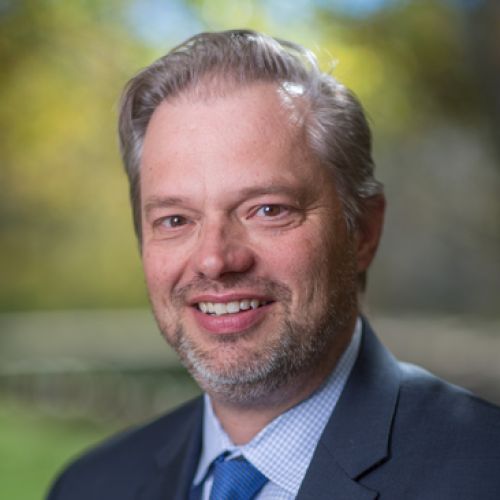
State scholarship, loan forgiveness, and related programs: the unheralded safety net.
In the mid-1980s, states expanded their initiatives of scholarships, loan repayment programs, and similar incentives to recruit primary care practitioners into underserved areas. With no national coordination or mandate to publicize these efforts, little is known about these state programs and their recent growth.To identify and describe state programs that provide financial support to physicians and midlevel practitioners in exchange for a period of service in underserved areas, and to begin to assess the magnitude of the contributions of these programs to the US health care safety net.Cross-sectional, descriptive study of data collected by telephone, mail questionnaires, and through other available documents, (eg, program brochures, Web sites).All state programs operating in 1996 that provided financial support in exchange for service in defined underserved areas to student, resident, and practicing physicians; nurse practitioners; physician assistants; and nurse midwives. We excluded local community initiatives and programs that received federal support, including that from the National Health Service Corps.Number and types of state support-for-service programs in 1996; trends in program types and numbers since 1990; distribution of programs across states; numbers of participating physicians and other practitioners in 1996; numbers in state programs relative to federal programs; and basic features of state programs.In 1996, there were 82 eligible programs operating in 41 states, including 29 loan repayment programs, 29 scholarship programs, 11 loan programs, 8 direct financial incentive programs, and 5 resident support programs. Programs more than doubled in number between 1990 (n = 39) and 1996 (n = 82). In 1996, an estimated 1306 physicians and 370 midlevel practitioners were serving obligations to these state programs, a number comparable with those in federal programs. Common features of state programs were a mission to influence the distribution of the health care workforce within their states' borders, an emphasis on primary care, and reliance on annual state appropriations and other public funding mechanisms.In 1996, states fielded an obligated primary care workforce comparable in size to the better-known federal programs. These state programs constitute a major portion of the US health care safety net, and their activities should be monitored, coordinated, and evaluated. State programs should not be omitted from listings of safety-net initiatives or overlooked in future plans to further improve health care access. JAMA. 2000;284:2084-2092.
Duke Scholars
Altmetric Attention Stats
Dimensions Citation Stats
Published In
DOI
EISSN
ISSN
Publication Date
Volume
Issue
Start / End Page
Related Subject Headings
- United States
- Training Support
- State Health Plans
- Program Evaluation
- Professional Practice Location
- Primary Health Care
- Physicians
- Motivation
- Medically Underserved Area
- Health Workforce
Citation

Published In
DOI
EISSN
ISSN
Publication Date
Volume
Issue
Start / End Page
Related Subject Headings
- United States
- Training Support
- State Health Plans
- Program Evaluation
- Professional Practice Location
- Primary Health Care
- Physicians
- Motivation
- Medically Underserved Area
- Health Workforce

